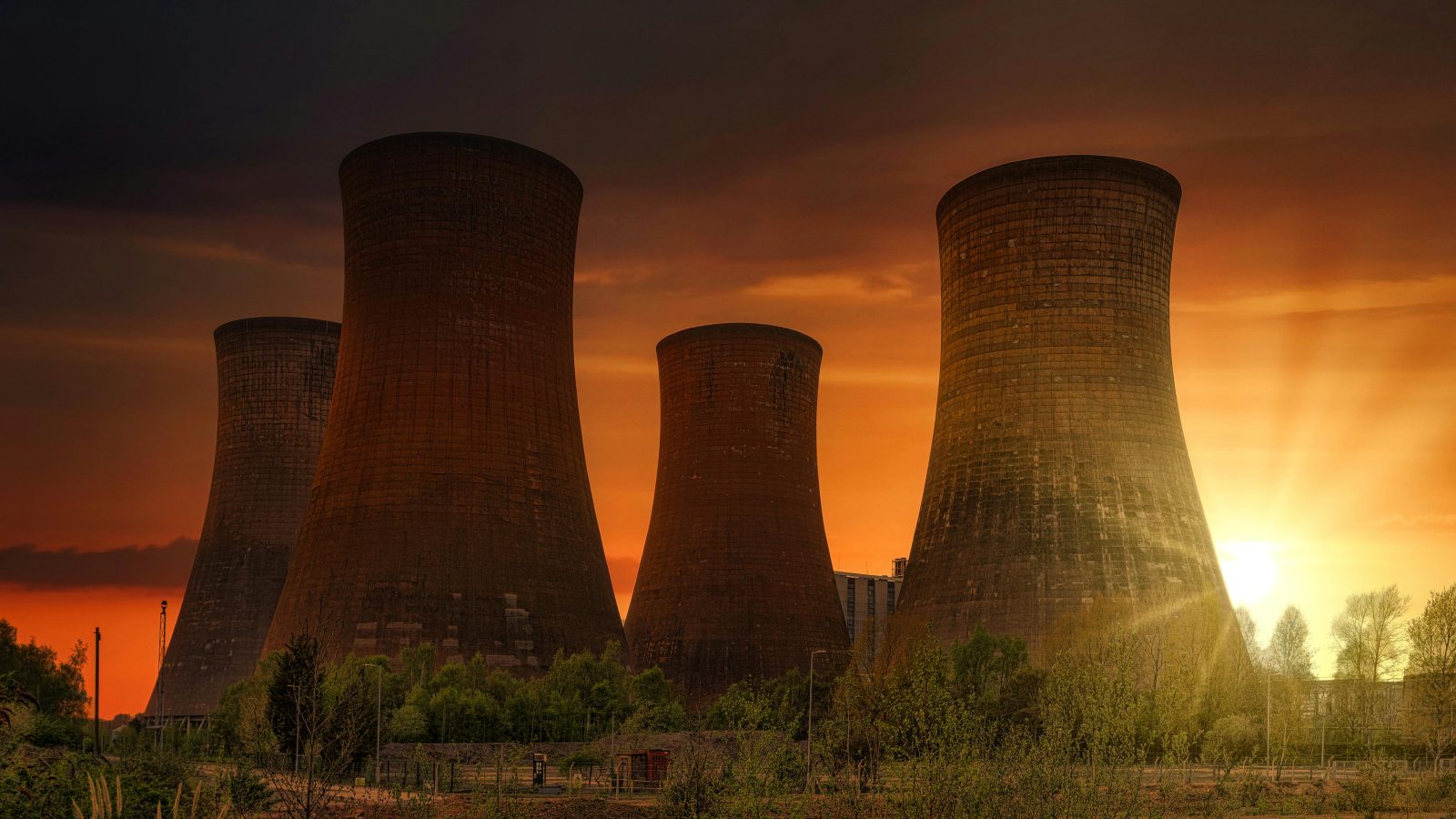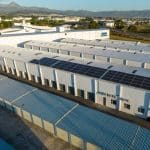Nuclear energy plant development is lagging globally, despite its potential to provide clean and reliable power. While the technology offers a low-carbon alternative to fossil fuels, various factors have hindered its widespread adoption.
The Stagnation of Nuclear Energy Plant Development
High construction costs, lengthy project timelines, and public skepticism have contributed to the slowdown in development. For instance, the Hinkley Point C project in the UK has faced significant delays and budget overruns, with costs soaring to over £46 billion and completion pushed to 2031.
Moreover, regulatory hurdles and the need for robust safety measures add complexity to nuclear projects, deterring investment and innovation.
The Safety and Cleanliness of Nuclear Energy
Despite concerns, nuclear energy remains one of the safest and cleanest power sources. According to Our World in Data, nuclear power results in fewer deaths per unit of energy produced compared to fossil fuels and even some renewables
Nuclear plants emit virtually no greenhouse gases during operation, making them a critical component in combating climate change.
Private Sector’s Role in
Private companies are increasingly stepping in to revitalize plant development. Firms like Kairos Power and Last Energy are pioneering small modular reactors (SMRs), which promise lower costs and enhanced safety features.
These innovations aim to overcome traditional barriers by offering scalable and flexible nuclear solutions suitable for various markets.
Government-Private Partnerships: A Path Forward
Public-private partnerships are essential to advance nuclear energy plant development. In the United States, initiatives like the ADVANCE Act aim to streamline regulatory processes and encourage collaboration between government agencies and private firms.
Such partnerships can facilitate funding, share risks, and accelerate the deployment of new nuclear technologies.
Addressing Proliferation and Safety Concerns
While expanding nuclear energy, it’s crucial to prevent the proliferation of nuclear weapons. Historical instances, such as the spread of nuclear technology leading to weapon development in certain countries, underscore the need for stringent export controls and international oversight.
Ensuring that nuclear energy plant development does not contribute to global security risks requires robust regulatory frameworks and vigilant monitoring.
Conclusion
Nuclear energy plant development holds the promise of providing sustainable and reliable power. Overcoming the current stagnation necessitates addressing financial, regulatory, and public perception challenges.
By fostering innovation, encouraging private sector involvement, and ensuring strict safety and non-proliferation measures, the world can harness the full potential of nuclear energy.
Read more – Nuclear Energy: The Comeback Kid of Clean Power














